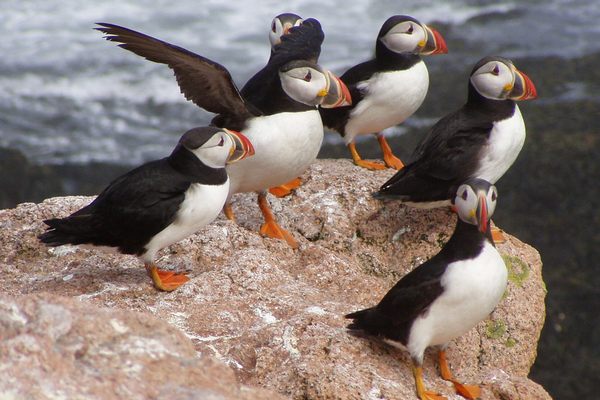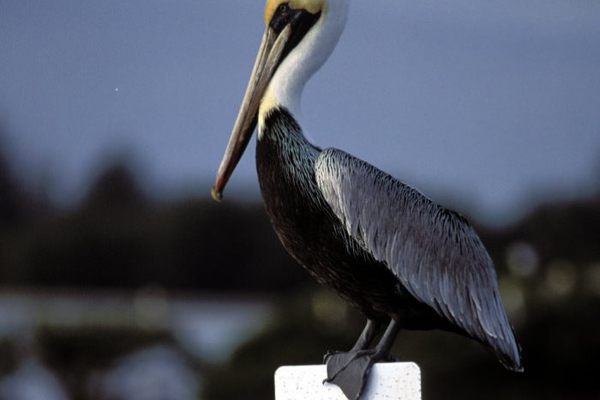AO Edited
White Pelican Island
Every winter, this tiny islet on Florida’s Gulf Coast is swarmed by some of the largest birds on the continent.
People flock to Florida for the weather, sandy beaches, protected wildlife habitats, and world-class seafood. For many of the same reasons, thousands of white pelicans from as far away as Western Canada also descend upon Florida’s shallow waterways every fall. The original “snowbirds” can be spotted along both the Atlantic and Gulf Coasts, but nowhere in greater numbers than Gasparilla Sound.
While it may not look like much, a tiny islet within the sound aptly named White Pelican Island becomes home to one of the largest populations of white pelicans in the southeastern United States from around Thanksgiving to Easter. And for a bird of this size, it’s truly something to behold: White pelicans have the largest wingspan of any bird in North America, an impressive nine feet. They are also one of the heaviest flying birds on earth, weighing up to 20 pounds (not to be confused with brown pelicans, which are about a third their size). Their feeding technique is also something of a spectacle, a group effort wherein adults form a circle and flap their wings against the water to herd fish into the center where feeding pelicans can easily pluck them from the surface.
This mid-winter escape from colder climes is also when the white pelicans take to breeding. Courtship is built around displays of graceful circular flights, strutting, bowing, and jabbing, as well as a distinct bump that emerges atop their elongated bills. The females will lay one to three eggs in a depression before both parents incubate the eggs with their large webbed feet. Typically only one bird will survive of the hatchlings, which will then fledge at only 10 weeks old—just in time for the long return flight north.
Know Before You Go
While conservation laws forbid human visitation, White Pelican Island and its seasonal occupants can be witnessed at a distance by water. A number of operators facilitate tours by boat and kayak, though if you wish to go it alone, locals recommend launching your kayak from Placida Park and paddling to the big birds’ winter home.
Fair warning: this will be quite a distance to paddle, so be sure to bring plenty of water and snacks as well as binoculars to get the best possible look at these majestic gliders. And also remember that the pelicans are only in Gasparilla Sound from late fall to early spring. Outside that window, the pelicans could be anywhere between here and the Northern Territories.

















Follow us on Twitter to get the latest on the world's hidden wonders.
Like us on Facebook to get the latest on the world's hidden wonders.
Follow us on Twitter Like us on Facebook